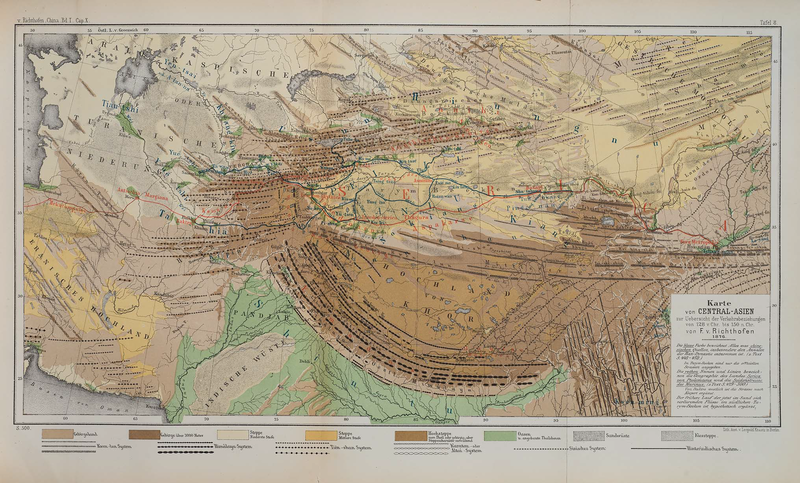During the time period when the Silk Road was most prevalent, there were goods of all varieties being transported. These included ones other than just physical, there were ideas and new religions that traveled through the people moving along the towns and cities. These ideas included Judaism being integrated into Chinese culture.Su-il, J. (2017). (Su-il, 2017)[1]
In 2600 BCE, the Akkadian Empire was established, also known as the empire of the Semites. Semites were named as such to describe people who spoke Semetic language, and the Akkadians were a subset of the Semites. In 3000 BCE, the Akkadians migrated north and contributed greatly to the Mesopotamian civilization that developed in that area. As well as helping with the development of Mesopotamian civilization, they also contributed to the trade and culture of ancient Eastern Asia. (Su-il, 171)[1]
During the time period of the Tang Dynasty, between the 8th and 9th century, there were a number of campaigns led by Gao Xianzhi Talas that introduced ideas and material goods to the Islamic countries as well as China from the Western Regions. The material goods included wool products, jade, high quality horses, medicines. The ideas that were introduced were the religions from the Western Regions such as Buddhism, and the advancement of already introduced religions such as Islam, Nestorianism, Manichaeism, Zoroastrianism, and Judaism. During the 8th and 9th century and on, the Jewish people traveled to China but did not settle until as early as 1489 with evidence proving this in the form of inscribed stelae that is erected at the synagogue in Kaifeng, Henan province. According to the inscribed stelae, the Jewish people arrived in China’s capital, Kaifeng, around 1120. It is mentioned in the stelae that the Jewish people who first arrived here were most likely cotton merchants from India. The first synagogue was built in 1163, which lasted until the 1850s due to constant repair that was needed for the damage done by floods and other destructive weather events. These merchants were then followed by immigrants who traveled over land and sea from Persia, eventually totaling between 1000-2000 from the 16th to the 18th century. (May, 76)[2]


Here is some more text below the images.[3]
[1] [Semites]The name given to the people in some of the nations that use the Semitic language. Based around the Arabian Peninsula, the Semitic language includes Akkadian, Aramic, Canaanitic, Amur, Arabic, and the Ethiopian languages. Those inhabiting in the northern part of the region migrated to the Mesopotamian area, while those in the southwest moved to Ethiopia. The Akkadians (a subset of Semites) who migrated north gave rise to Mesopotamian civilization in 3000 BCE, and in 2600 BCE Sargon established the Akkadian Empire, or the empire of the Semites. Semites contributed greatly to ancient Eastern culture, actively engaging in trade while also founding Judaism, Christianity, and Islam.
[2] This is the text of footnote two.
[3] This is the text of footnote three.